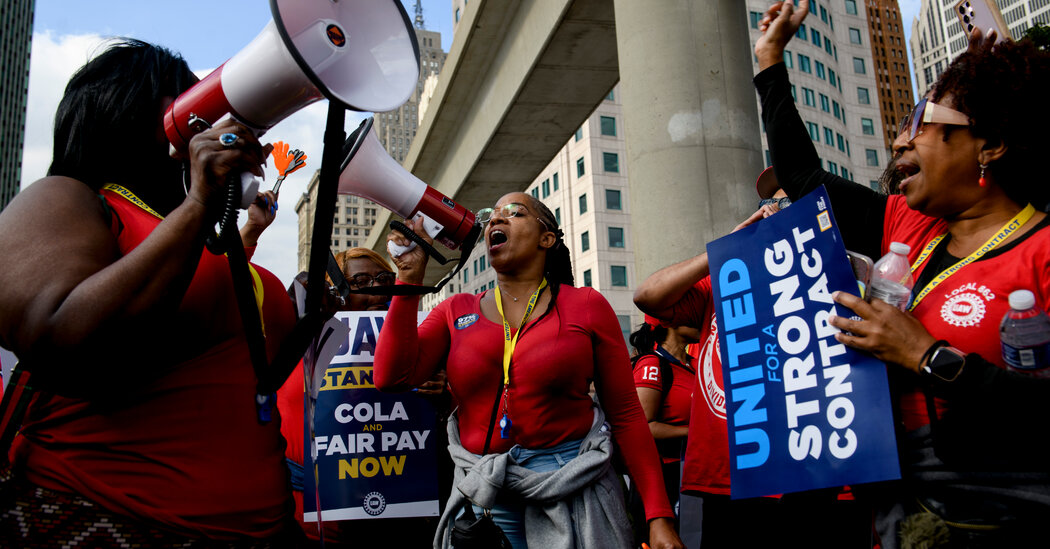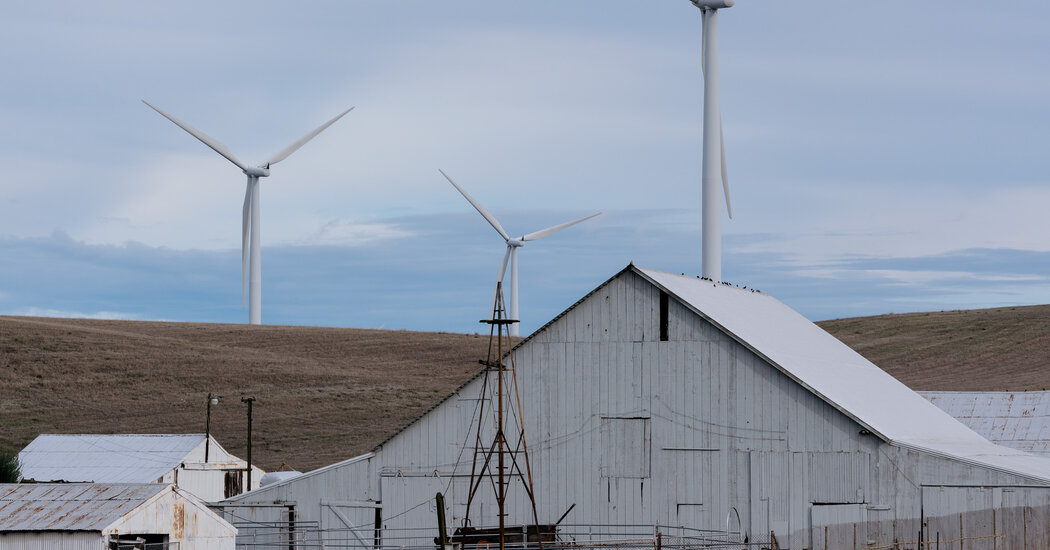
Labor unions have experienced a resurgence since the start of the pandemic, with successful organizing efforts in companies like Starbucks and Amazon. They have also negotiated strong contracts for workers, leading to high public approval for unions. However, unions have yet to face a major national challenge that could test their strength. The ongoing strike by the United Automobile Workers (U.A.W.) could be that test. If successful, it could establish organized labor as a formidable economic force and inspire further organizing efforts. However, there are risks involved. A prolonged strike could harm the U.S. automakers and the Midwest economy. If the union is perceived as overreaching or settles for a weak deal, public support for unions could decline.
The U.A.W. president, Shawn Fain, has framed the negotiations as a battle between ordinary workers and corporate giants. This messaging has resonated with U.A.W. members, who see the strike as an opportunity to regain lost concessions and set a precedent for other industries. Successful strikes in the past have led to a wave of union organizing, and labor activists believe that this strike could have a similar impact. However, there is also a risk of disillusionment if the union fails to achieve significant gains or if the automakers respond by shifting production to Mexico or non-unionized states in the South.
The U.A.W. strike not only affects union workers but also non-union workers and their communities. The small and medium-sized manufacturers in the automotive sector’s supply chain will feel the impact of the strike, regardless of whether they are unionized or not. Some argue that the union’s aggressive demands could discourage businesses from investing in the U.S. or make them less competitive against foreign rivals. The long-term financial viability of the automakers also needs to be considered. There is a delicate balance between advocating for workers’ rights and ensuring the companies remain financially stable.
The outcome of the strike will depend on the U.A.W.’s ability to organize new plants, particularly in the South where union membership has been historically low. Winning a strong contract and making concrete gains for workers could increase the union’s chances of attracting new members. However, there is also a risk of workers becoming disillusioned if the union fails to deliver on its promises. It is crucial for the union leaders to strike a balance between being ambitious and being realistic in their demands.
Public support for the autoworkers is high, with a majority of the public backing them in the showdown with the automakers. This widespread support could work in favor of the U.A.W. and distinguish this strike from past labor disputes that led to a decline in labor power. The union’s messaging, focusing on the broader struggle of the working class, has resonated with the public and could lead to a different outcome. However, the ultimate success of the strike and its impact on the labor movement remains to be seen.
RELATED POSTS
View all


